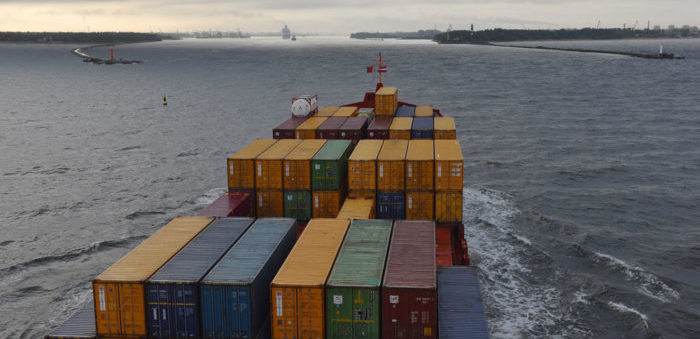Average vessel operating costs increased modestly for the second consecutive year after two years of declines. However, cost inflation will accelerate on higher insurance premiums, according to the the Ship Operating Costs Annual Review and Forecast 2018/19 by Drewry.
Ship operating costs rose moderately in 2018 as the uncertainty in freight markets across most cargo sectors has risen as well. Opex costs are also linked to developments in the shipping market as some costs are connected to asset values and others are affected by the ability of shipowners to pay.
Namely, according to Drewry estimations, the average daily operating cost across the 46 different ship types and sizes covered in the report were up by 1.1% in 2018, surpassing the previous year’s rise of 0.7%. This came after a period in which opex spending contracted over two years in a row by almost 9% in 2015-16.
In addition, the year marked the first time in a decade that expenditure increased across all five main opex cost heads. This is an inflection point for the future direction of ship operating costs.
Commenting on the report, Drewry’s director of research products Martin Dixon, mentioned:
Manning costs rose having previously stagnated, while insurance spend increased for the first time in six years on recovering asset values and insurance market hardening. Similarly, expenditure on stores and spares rose as earlier cost cutting opportunities waned, and repair & maintenance costs climbed as regular spend resumed on recovering freight markets
[smlsubform prepend=”GET THE SAFETY4SEA IN YOUR INBOX!” showname=false emailtxt=”” emailholder=”Enter your email address” showsubmit=true submittxt=”Submit” jsthanks=false thankyou=”Thank you for subscribing to our mailing list”]
What is more, costs increases were based across all the main cargo carrying sectors with every segment experiencing some cost inflation. The latest assessments include vessels in the container, chemical, dry bulk, oil tanker, LNG, LPG, general cargo, roro, reefer sectors, and the car carriers segment.
Nevertheless, overcapacity in certain sectors and uncertainty in the trade outlook will increase the challenges for most shipowners in the future. For this reason, Drewry expects the pressure on costs to continue. This will be evident in areas with more control, like manning, stores, spares, repairs & maintenance and management & administration. However, other costs affected by wider market factors will be harder to control, such as insurance.
Finally, Drewry believes that total vessel operating costs will increase below the level of general price inflation over the next few years, indicating cost stagnation.































































